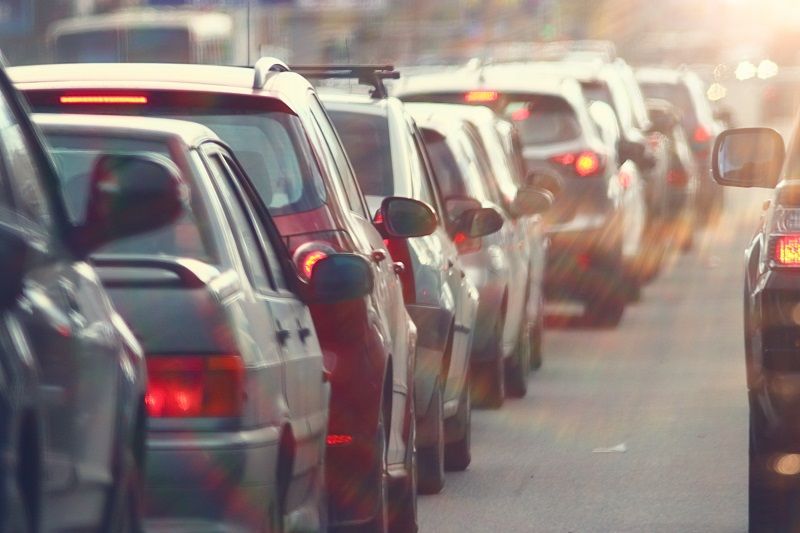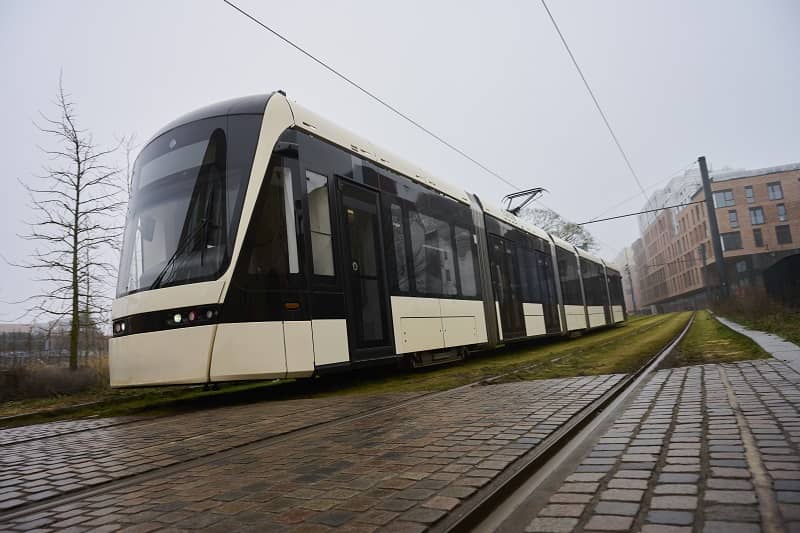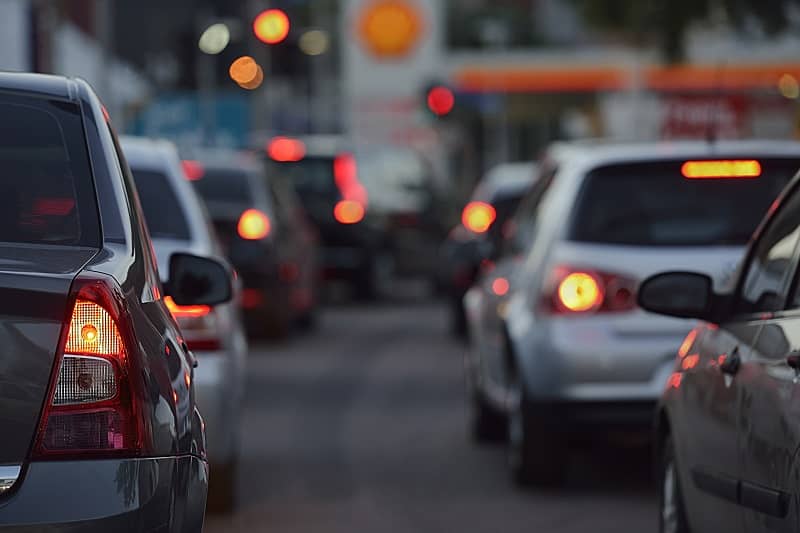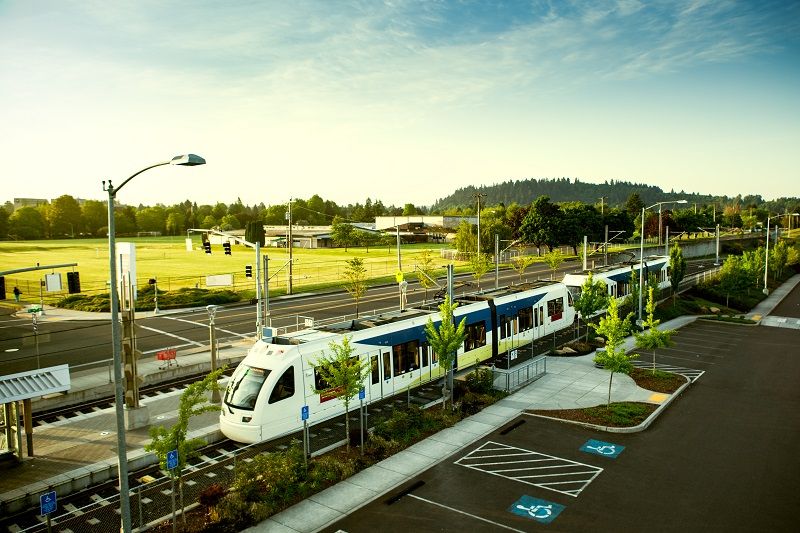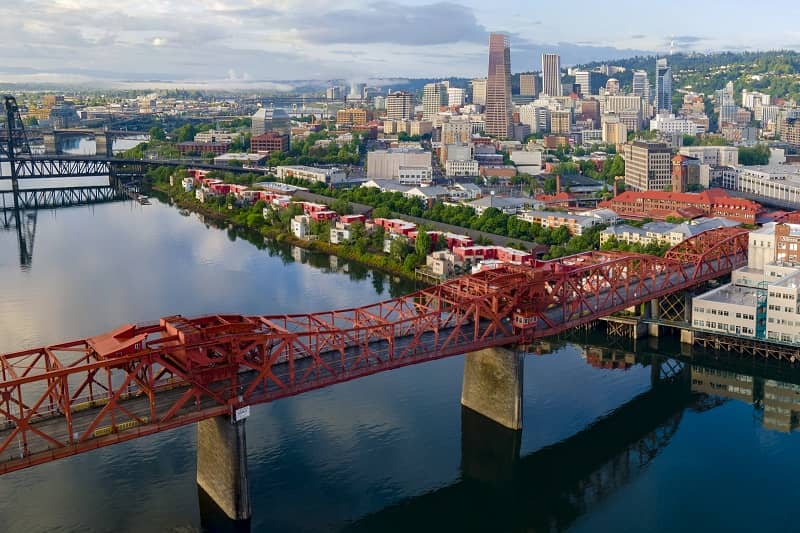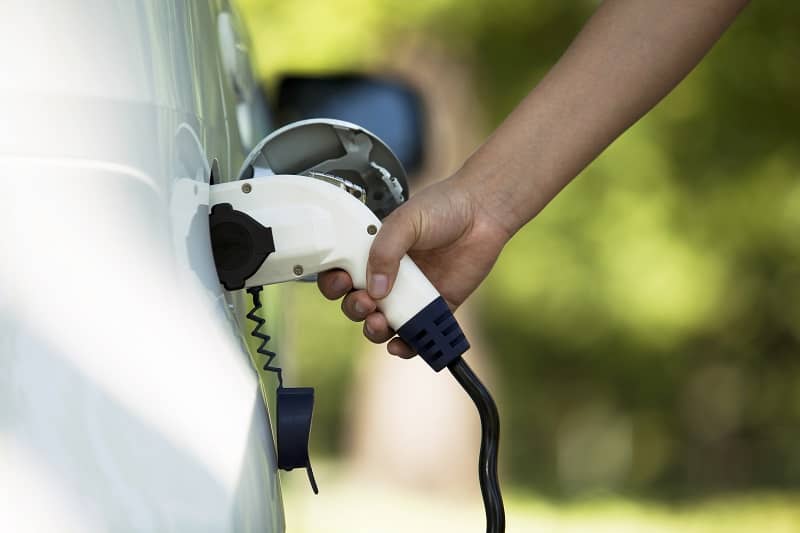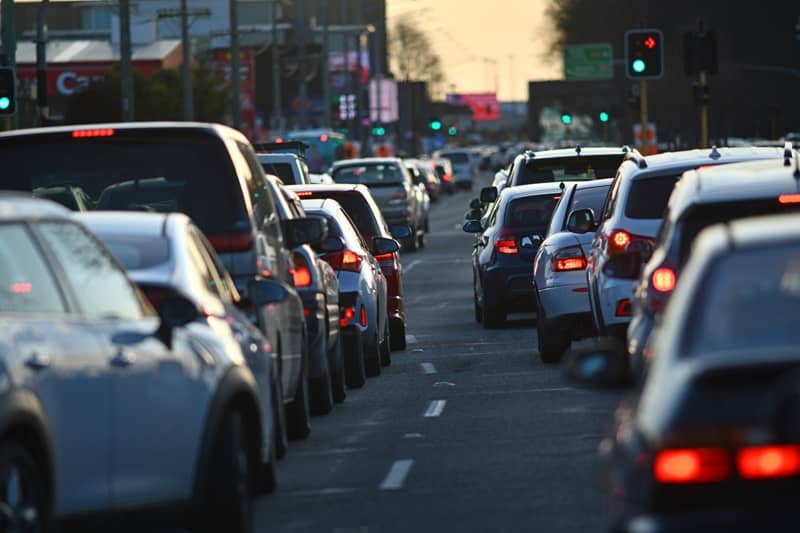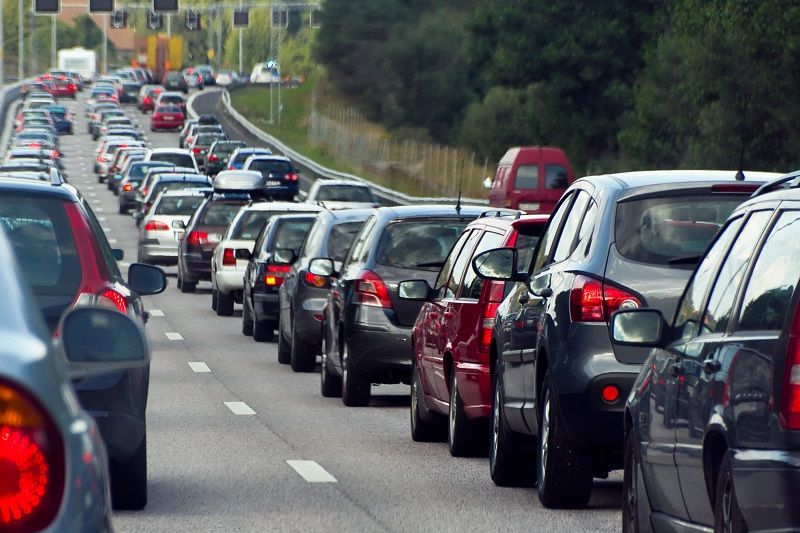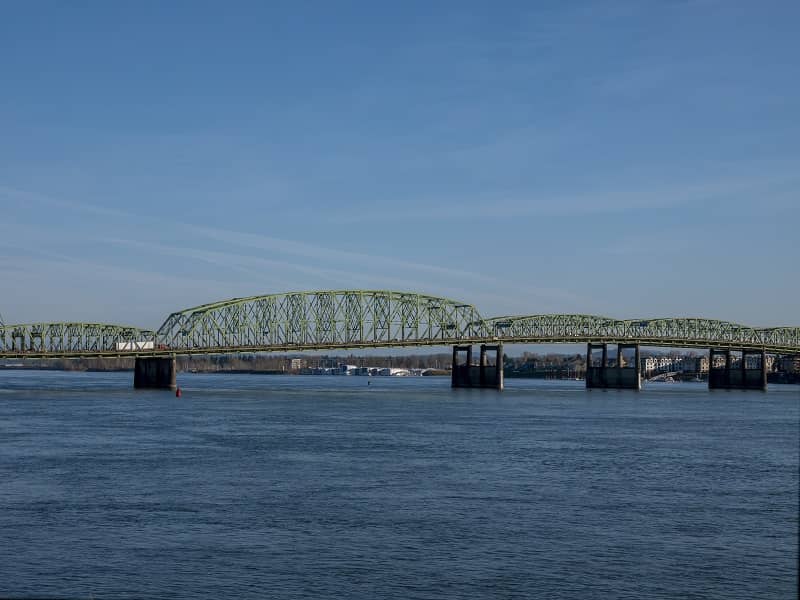Lake Oswego politicians want to spend more than $400 million in tax dollars to build a five-mile trolley line to service 1,900 transit riders. CPI President John A. Charles, Jr. testified before the Lake Oswego-Portland Transit Project Steering Committee on January 24th. In his testimony, he explained why a simple express-bus option would provide better commuting times at far lower cost. Read the whole testimony below.
Testimony Before the Lake Oswego-Portland Transit Project Steering Committee
John A. Charles, Jr.
January 24, 2011
I wish to make three brief points at this hearing.
First, the supposed operating cost savings associated with the streetcar don’t exist. Proponents are confusing light rail with streetcars; a two-car light rail train may have efficiencies in reduced labor, but that advantage is lost in a one-car streetcar.
Moreover, a bus brings in much more fare revenue at lower operational cost than a streetcar, because the bus operator is also the fare inspector. For light rail or the streetcar, operators are hidden away in locked compartments, so expensive fare inspectors must be hired. In fact, the cost of fare enforcement has been so expensive for the streetcar that for most of the past 9 years, there have been no fare inspectors at all, so it has generated little revenue, as noted below:
Summary Operating Statistics for Streetcar Operations
2005-2010
| Annual boardings | Total annual fares | Total operating cost | Cost per/boarding | Revenue per/boarding | |
| FY 05-06 | 2.59 million | $100,605 | $3,727,014 | $ 1.44 | $ .04 |
| FY 07-08 | 3.55 million | $ 145,817 | $ 4,891,560 | $1.28 | $ .04 |
| FY 08-09 | 4.00 million | $ 120,000 | $ 5,417,947 | $ 1.34 | $ .03 |
| FY 09-10 | 3.91 million | $ 211,914 | $5,306,451 | $ 1.36 | $ .05 |
In contrast, riders on the #35 bus pay much more per/boarding:
Summary Operating Statistics for #35 Bus Line
| Average weekday boardings | Estimated total daily fares | Daily operating cost | Cost per/boarding | Revenue per/boarding | |
| Fall 2010 | 3,790 | $5,040 | $13,492 | $3.56 | $1.33 |
Thus, replacing the #35 means that the farebox recovery ratio for transit service in that corridor would drop from 37% of operations cost on bus to 4% on rail. And since the streetcar also has much higher capital costs, the streetcar is simply infeasible.
Second, the easiest way to improve transit in the HW 43 corridor would be to augment the #35 line with Express Bus service operating from Oregon City to Portland on HW 43, only at the morning and afternoon peak periods. If the current stop at the Lake Oswego transit center were eliminated on the #35 Express (a time savings of 7 minutes by itself), and the total number of stops between Lake Oswego and the South Waterfront District were reduced from 26 to 5, express service would shave roughly 15 minutes off the trip for the Lake Oswego-Portland segment. None of the options outlined in the EIS come close to this kind of improved performance.
Third, this project is really being pushed as a property redevelopment concept, not a transit concept, based on the assumption that high-density neighborhoods with streetcar service generate high levels of transit ridership. But that assumption is false. Over the past several months we have collected actual travel data on all trips entering and leaving the South Waterfront District, an area widely considered by planners to be a streetcar success story.
As seen below, the market share for streetcar use is quite modest, at 9%, and most of that use is concentrated at one building, the OHSU Health and Healing Center. For the rest of the district, auto use represents more than 90% of all trips.
Trip Counts for the South Waterfront District
Average Weekday, 6:00 a.m. – 10:00 p.m.
| All passenger-trips | Market share of trips by mode | |
| Auto/truck | 17,023 | 79% |
| Streetcar | 1,832 | 9% |
| Bicycle | 1,076 | 5% |
| Bus | 926 | 4% |
| Pedestrian | 642 | 3% |
Note: Research was conducted on various good-weather weekdays during the months of May-January, 2010-2011.
Conclusion
The least-cost transit improvement option for the Macadam Avenue corridor would be to offer express bus service during the peak hours. The Steering Committee should reject the options presented in the draft EIS and terminate all further planning for this project. If property owners in the John’s Landing district or the Foothills Neighborhood of Lake Oswego desire to redevelop their areas with high-density, mixed-use construction, that is their business. But it has no relevance to the topic of improving transit in the Macadam Avenue corridor.
